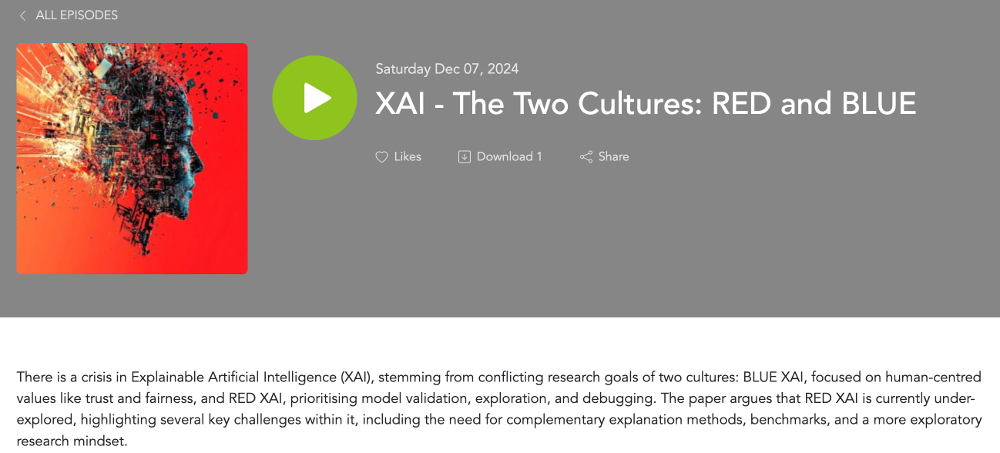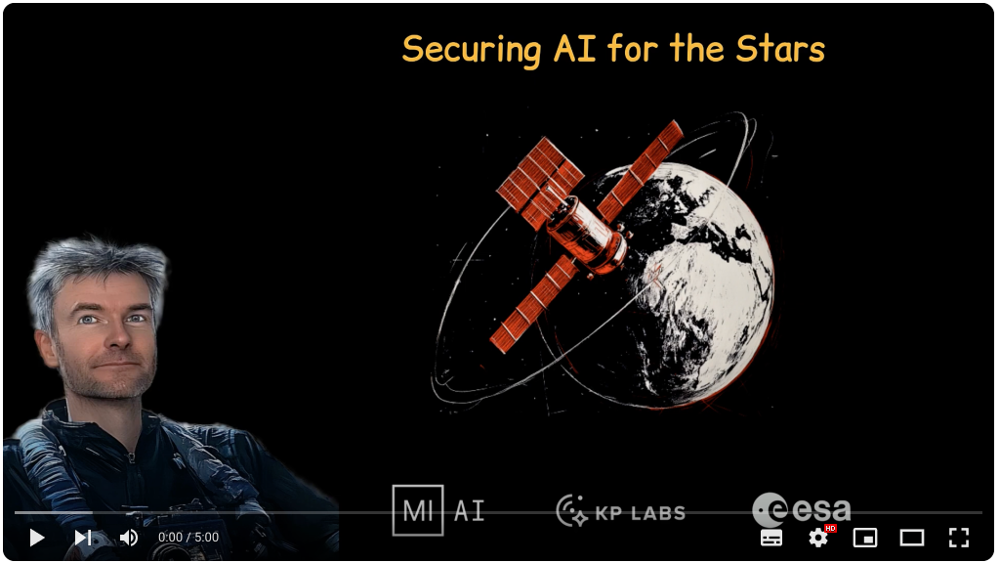Analiza danych z programem R
by
Published:
An academic textbook describing estimation and testing topics for linear models with fixed effects, random effects and mixed effects. The theoretical introduction is complemented by numerous examples for one-way and multivariate ANOVA, one and multiple random components. The examples focus on biological and medical applications and are based on real analyses of real data.




